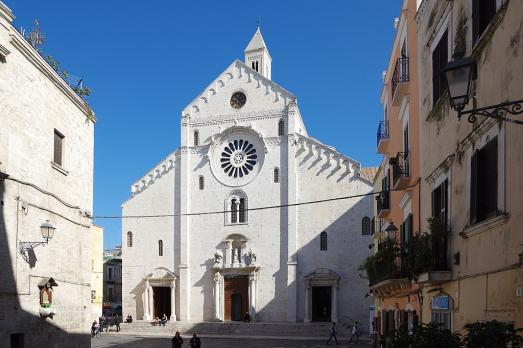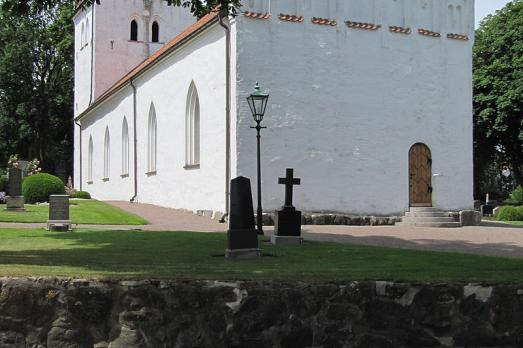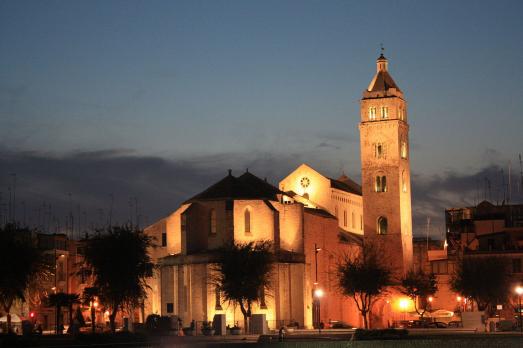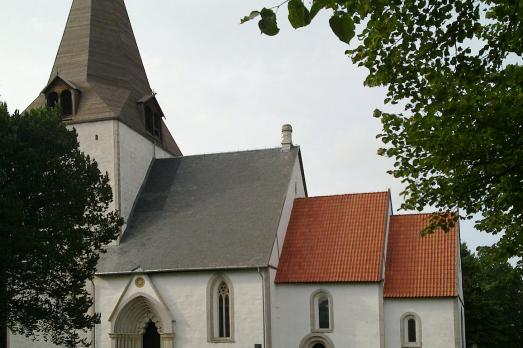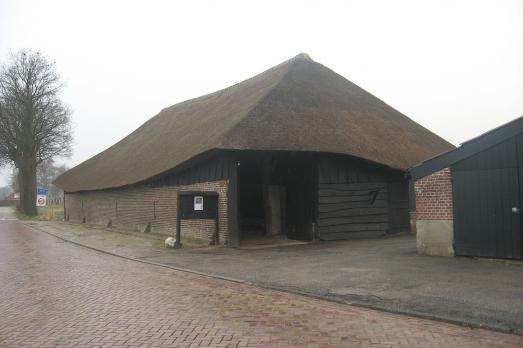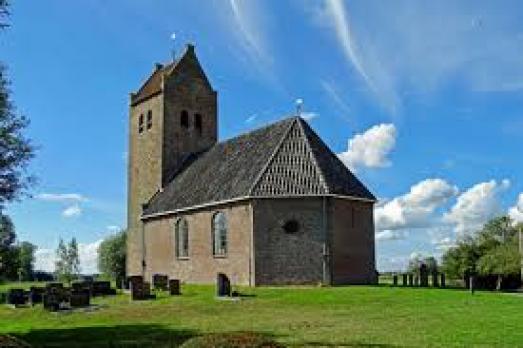Barentin Church
Barentin, FR
Church built between 1855 and 1860, in reference to the abbey Saint-Georges de Boscherville. The first glass canopies, installed during the years of construction, were blown down by the bombings of 1944 and have now been replaced.
